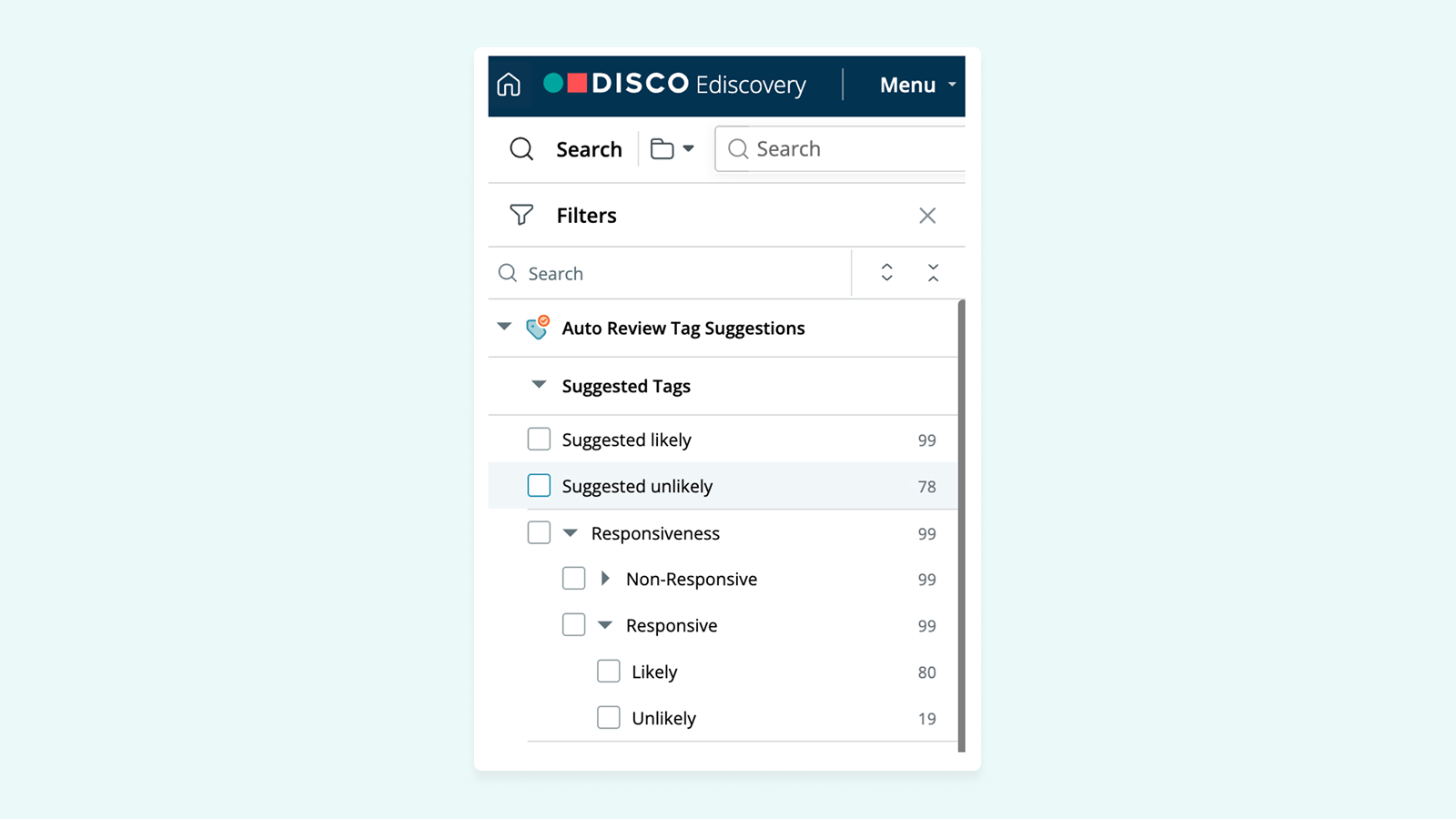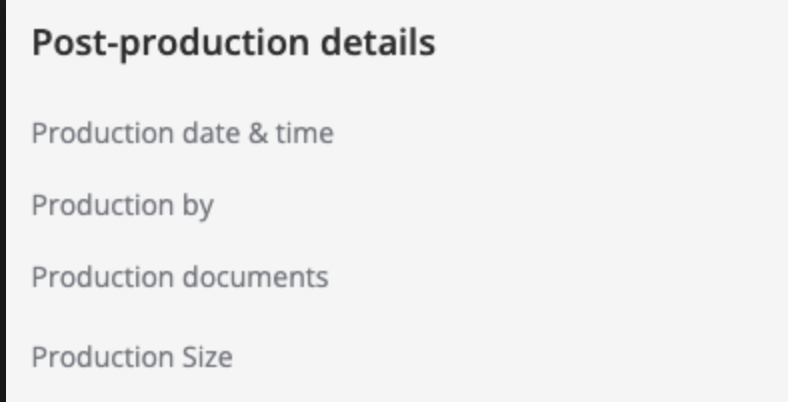⚡️ 1-Minute DISCO Download
Of the unprecedented challenges braved by case teams in 2020, preparing for trial remotely and the vicissitudes of virtual trials themselves registered as particularly difficult for many. Lumbering trial prep processes were strained even further (or proven unworkable) with litigators working from home, each with their own document printouts, highlighters, and sticky notes. Once the coffee had spilled and the fur assistants had quite literally settled upon final designations lists, practitioners were left scrambling to complete critical pre-trial activities to a degree rarely suffered in the Beforetimes.
Fortunately, it’s a new year, and case teams have an opportunity to leave yesterday’s trial prep struggles behind. Today, we’ll take a look at a few simple but powerful practice changes you can make in 2021 to ditch frenzied trial prep without adding to your workload.
Keep it together
While chanting this into your webcam before the other video call participants dial in probably won’t help your sanity, “keep it together” is a wise strategy to apply to video evidence. Instead of shuffling between shared drives to locate video clips, sync files, designations and counters, and issue summaries, agreeing as a case team on a single, cloud-based location from which to manage video evidence ensures that you’ll always know where everything is, no matter where you’re practicing from or how long it’s been since you last worked on a case. Taking the benefits of establishing this single source of truth a step further, employing a modern case management platform that automatically identifies and organizes transcripts, sync files, witness profiles, exhibits, and team notes can help you preempt some of the human error that can result from your new file-naming and organization efforts.
Tag testimony from the get-go
Not unlike the holidays, court dates have a way of creeping up on you. When it comes to building your presentation for critical events such as trial, mediation, or arbitration, being able to rapidly locate key evidence from across all case materials can save you considerable time when you need it most. As with the “keep it together” mantra, adopting a platform early on in your matter is key to realizing the benefits of rapid recall.
Consider a toolset that empowers your case team to tag excerpts of testimony from the beginning for topics such as elements and key defenses, issues, and designations so that you can pinpoint themes and storylines, key action items, and make-or-break moments in seconds by searching for testimony labeled with those tags. When the time comes to export and use key pieces of evidence at trial, you won’t be forced to spend precious time reconfirming why your colleague thought it best to use this evidence, risking that you didn’t correctly intuit their inscrutable shorthand, or fretting that that crumbled-up sticky note on the floor might have been important.
Make video the star...
Like learning to deny the existence of the dirty dishes that have somehow piled up again, using video has never been a more game-changing decision than it is in 2021. As remote depositions and virtual trials have become more common, video testimony is commanding a larger share of case teams’ attention when developing trial presentations. Your team can seize the opportunities offered by more readily available deposition video by preparing key evidence for presentation in a platform that puts video at the center of review and case development.
And if you’re one of many teams who build their cases as if they will go to trial, it may make sense to adopt technology that helps you prepare video clips and designations for use at trial, too.
...without letting it become unmanageable
There are at least a thousand ways to deny a fact, and reviewing transcripts alone likely won’t help you capture the most damning evidence, such as your witness visibly melting or pausing long enough before responding for your computer to have finished that interminable systems update. To find these key moments in depositions, opt for use of a platform that supports automatic video synchronization; search jumping; side-by-side viewing of synced video, transcript, notes, and exhibits; and easy export options for sync files and video clip lists. You can make fully informed designation choices, get the right clips edited with fewer delays and costs, and show only the most compelling moments – all while ensuring that not a millisecond was missed.
Stop the Great Designation Scramble before it begins
After a year marked by fewer trips to the dry cleaners than usual, many litigators are gearing up for a full-to-bursting docket throughout 2021 and beyond. It may be tempting to put off substantive changes to your case development process when staring down a jam-packed calendar. However, introducing a practice like systemizing designation identification from across your teams’ highlights and annotations can save a number of headaches when The Great Designation Scramble looms. The right platform can help you easily identify and export the testimony you want to designate with powerful search capabilities and issue tags. You’ll be ready to locate impeachment evidence and identify evidentiary objections – even if the eve of a pre-trial conference is already upon you.
Automate, automate, automate
While the jury is still out on the feasibility of automating Zoom meeting participation, other processes litany of manual steps that typically go into preparing video evidence for presentation and formatting filings. Any investment you can make in tools that automate tasks such as building designation tables, Bluebook citation formatting, timecoding, and video clipping will give you back more time than you might think to devote to strategy.
It’s never too late in your matter or too close to trial to adopt more efficient case development processes. Making a change to your practice that buys you even a few hours can be well worth the effort and risk. Just ask these pet owners – erm, sets of coworkers.






%20(1).jpeg)







.png)
